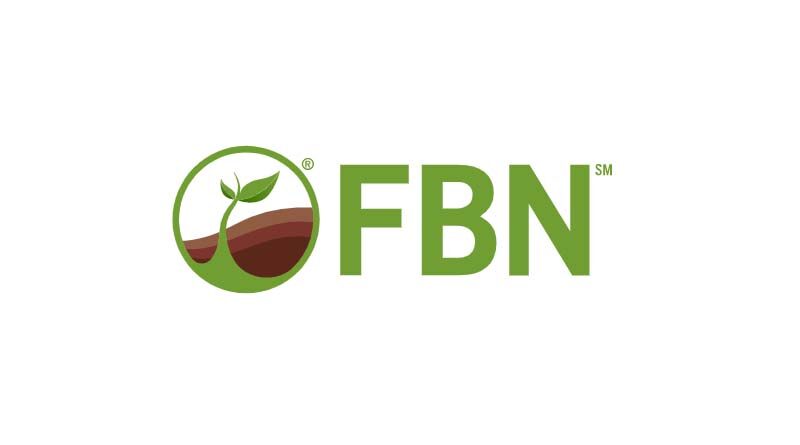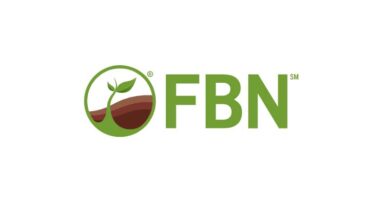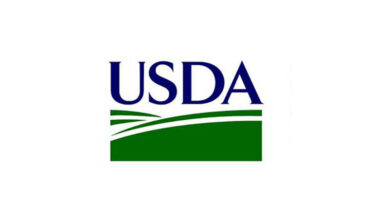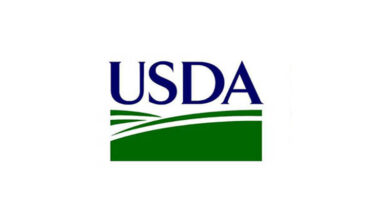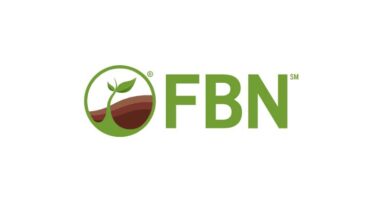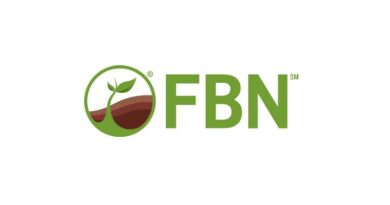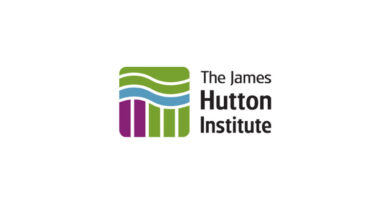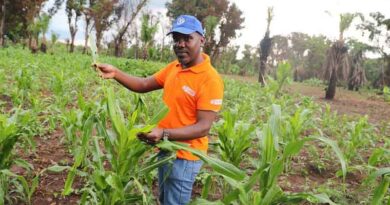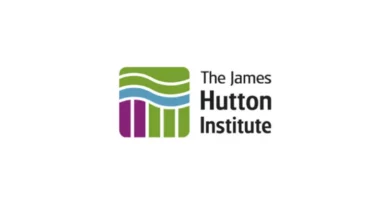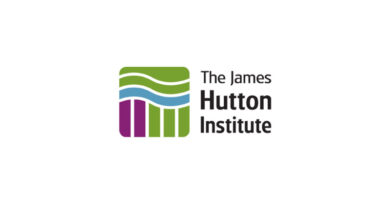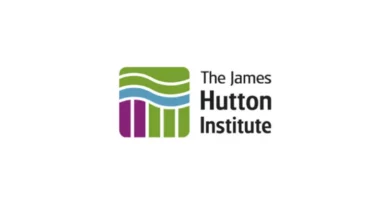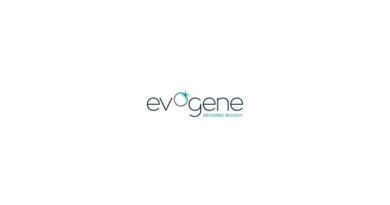FSA Risk Management Programs: What Is Available To You?
13 February 2022, US: If you are looking for additional risk management options this year, consider these elections that can be made at your local USDA Farm Service Agency.
Unlike supplemental coverage offered by the RMA these programs are free as long as you meet eligibility requirements. The election and enrollment period opened on Oct. 18, 2021 and runs through March 15, 2022. Below we deep drive into two of these programs:
- Price Loss Coverage (PLC)
- Agriculture Risk Coverage (ARC)
Price Loss Coverage (PLC)
The Price Loss Coverage (PLC) option provides financial protection to enrolled qualifying producers from substantial drops in crop prices.
Covered Commodities
Wheat, oats, barley, corn, grain sorghum, rice, soybeans, sunflower seed, rapeseed, canola, safflower, flaxseed, mustard seed, crambe and sesame seed, seed cotton, dry peas, lentils, small chickpeas, large chickpeas, and peanuts.
How It Works
Each 2022 crop year commodity has a reference price used to compare against the 2022-2023 Marketing Year Average (MYA) Price. A PLC payment will be calculated when the MYA Price is lower than the PLC Reference Price for the commodity.
Any payment amounts are multiplied by the FSA farm program yield for 85% of the FSA farm base acres.
Payment Example
A FSA farm has 100 base acres of Corn with a farm program yield of 170. Corn uses a $3.70 Reference Price for 2022. The final Marketing Year Average (MYA) Price will need to be less than $3.70 to generate a PLC payment.
- With a MYA price of $3.55, there is a $0.15/bushel payment ($3.70 – $3.55 = $0.15).
- This is then taken times the farm program yield of 170 (170 x $0.15 = $25.50).
- This is then multiplied by 85% of the farm base acres. ($25.50 x 100 x 85% = $2,167.50)
Given the current Projected 2022-2023 MYA price for Corn is $5.45 as of January 12, 2022, PLC is not currently projected to make a payment for Corn, but the 2022 Corn MYA pricing period runs from 9/1/2022 through 8/31/2023.
Considerations
The RMA crop insurance option Supplemental Coverage Option (SCO) can be purchased on acres that are enrolled in PLC, or not enrolled in ARC. So your election for ARC or PLC must consider the eligibility, cost and benefits of other options such as SCO as well as ARC-County or ARC-Individual.
Your FBN Crop Insurance Agent can assist you in understanding these options as they apply to your unique situation each year.
Enrollment Deadline
You must make your PLC / ARC enrollment decision no later than March 15, 2022 at your Farm Service Agency office. Any SCO decisions must be made no later than your crop and county sales closing date with your crop insurance agent.
Agriculture Risk Coverage (ARC)
The ARC program was authored as part of the 2018 Farm Bill as an alternative to the PLC (Price Loss Coverage) program, and is designed to cover “shallow losses” to a farm based on either the county based or individual based coverages mentioned above.
When the 2018 Farm Bill was written, the ARC program would have been a one-time election through 2023, but as of the 2021 crop year, this has been updated to allow for an annual choice, allowing flexibility to move between the ARC programs and PLC.
This election will renew as is for the following crop year, unless a change in program is requested. The deadline for making program changes is March 15 for the current crop year.
ARC features are similar between the county and individual coverages, but they do have a few distinct differences.
Option #1: ARC-CO
- Can be elected on an FSN and commodity basis with PLC alternative (can have one crop enrolled in ARC-CO and another in PLC)
- Payments are based off physical location rather than admin county.
- Payment is not dependent on planting the commodity or yields from the farm.
- Example: FSA has corn and soybean base acres for the farm. A producer who plants oats on all cropland acres would still be eligible to receive payment if there is one to be made.
- Payment is not dependent on planting the commodity or yields from the farmPayment is issued on a percentage of each covered commodity’s base acres.
- Prevented planting is not considered in ARC-CO.
- Payment equals 85% of the sum of base acres of the covered commodity on the farm x crop revenue shortfall calculated above (not to exceed 10% of benchmark county revenue).
To calculate the benchmark revenue, actual revenue, and payment, the following must be determined.
Benchmark Yield
5 year Olympic average of the county’s most recent crop years.
- For 2022, crop years 2016-2020 will be considered
- The high and low of that span will be excluded
- Any actual yields lower than 80% of county T yield will be replaced by 80% of county T yield
Benchmark Price
5 year Olympic average of the higher of MYA (Marketing Year Average) price or National Loan Rate.
- For 2022, crop years 2016-2020 will be considered
- The high and low of that span will be excluded
Benchmark Revenue
Benchmark Yield x Benchmark Price
Guarantee
Benchmark Revenue x 86% (ARC coverage level)
Actual Revenue
Actual average county yield for the crop year x the higher of MYA or National Loan Rate.
Payment Rate
Guarantee – Actual Revenue
- If Guarantee per acre is higher than Actual Revenue, the county and crop are eligible for payment.
- If Guarantee per acre is lower than Actual Revenue, the county and crop are NOT eligible for payment.
- Payment maxes out at 10% of Benchmark Revenue.
Payment Calculation
Base Acres x 85% x % Interest in commodity x Payment Rate = Producer Payment
Option #2 ARC-IC:
- ARC-IC has to be elected for all commodities for the entire FSA farm.
- Production must be reported initially for the 5 year benchmark, in addition to the current year, and must be updated annually thereafter.
- Payment is based off the individual farm, rather than county yield.
- Total base acres of all covered commodities on the farm x farm revenue shortfall (not to exceed 10% of the benchmark producer revenue)
- Payment requires planting one or more of the covered commodities
- Exception is prevented planting, but only when 100% of the farm’s acres are prevented
- A separate payment rate is determined for each producer based off weighted averages from all farms in which the producer enrolls in ARC IC and has an interest in the state
To calculate the benchmark revenue, actual revenue, and payment, the following must be determined (Must be done individually for each farm in which there is a share):
Benchmark Yield
5 year Olympic average of the county’s most recent crop years.
- For 2022, crop years 2016-2020 will be considered.
- The high and low of that span will be excluded.
- Any actual yields lower than 80% of county T yield will be replaced by 80% of county T yield.
Benchmark Price
5 year Olympic average of the higher of MYA price or National Loan Rate.
- For 2022, crop years 2016-2020 will be considered.
- The high and low of that span will be excluded.
Farm Benchmark Revenue
Benchmark Yield x Benchmark Price
Benchmark Revenue
Weighted 5 year Olympic Average of all farms’ annual Farm Benchmark Revenues from above, across all covered commodities.
Guarantee
Benchmark Revenue x 86% (ARC coverage level)
Actual Revenue
Actual Yield x higher of MYA price or National Loan Rate
Weighted across all planted covered commodities on all ARC-IC enrolled farms
Payment Rate
Guarantee – Actual Revenue
- If Guarantee per acre is higher than Actual Revenue, the county and crop are eligible for payment.
- If Guarantee per acre is lower than Actual Revenue, the county and crop are NOT eligible for payment.
- Payment maxes out at 10% of Benchmark Revenue.
Payment Calculation
Payment Rate x Base Acres x 65% x % Interest in commodity = Producer Payment
Summary of ARC Program
If your operation performs similarly with county averages, ARC-CO is likely a good fit for your operation. If your farm tracks significantly higher or lower than the county averages, ARC-IC may be a better option.
For example, if a farm sits in a high-risk area near a river and is susceptible to frequent flooding, ARC-IC may function better on that farm. There are many similar strategies that need to be taken into consideration on a farm by farm basis.
There is no perfect one size fits all solution for government disaster assistance, that’s why we have the two different types of ARC coverage, as well as PLC. The nuances of this program can make it difficult to determine the best fit for your operation, and is a great topic to discuss with your crop insurance agent.
Interested in learning more?
If you want to discuss these options with an agent, or you want to learn more about FBN’s crop insurance offerings,click here. We can provide a free second opinion on your crop insurance so you have the peace of mind knowing that your coverage is best for your farm.

